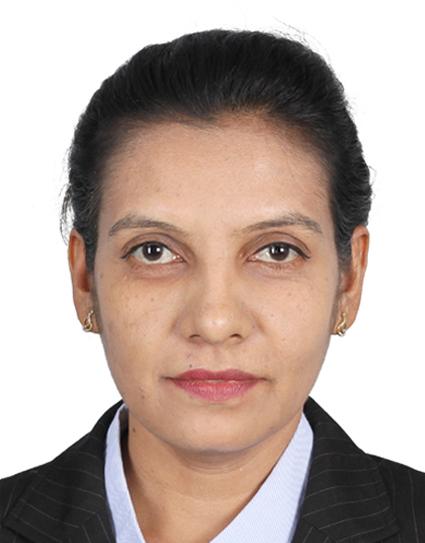Project Description
This afforestation project in Ghana is located in the Offinso Forest District within the Ashanti
region. It involves the cultivation of teak plantations in degraded forest reserves over an area of
approximately 5,225 Ha. It will result in the removal of an estimated 26,281 tCO2e annually.
The problem
A massive fire in 1983 engulfed the project area and led to high levels of degradation of the forest cover and a severe hunger crisis in the region. Additionally, there was large scale illegal logging, which further worsened the situation. While there was a strategy implemented by the government of Ghana, the afforestation project proved to be too large an undertaking for the government. As a result, this project was initiated to assist with regeneration of the area.
A massive fire in 1983 engulfed the project area and led to high levels of degradation of the forest cover and a severe hunger crisis in the region. Additionally, there was large scale illegal logging, which further worsened the situation. While there was a strategy implemented by the government of Ghana, the afforestation project proved to be too large an undertaking for the government. As a result, this project was initiated to assist with regeneration of the area.
The solution
The primary goals of the project are to establish teak plantations in the degraded forest reserves to improve the livelihood of the local communities, increase biodiversity and help combat climate change by increasing the sequestration of carbon dioxide. In addition, the project activity provides employment to forest-fringe communities; supports community-led natural resource management and regeneration to promote reforestation; thereby increasing food security and enhancing livelihoods through sustainable use of forests.
The primary goals of the project are to establish teak plantations in the degraded forest reserves to improve the livelihood of the local communities, increase biodiversity and help combat climate change by increasing the sequestration of carbon dioxide. In addition, the project activity provides employment to forest-fringe communities; supports community-led natural resource management and regeneration to promote reforestation; thereby increasing food security and enhancing livelihoods through sustainable use of forests.
Helping the planet
The project will contribute to the removal of GHG from the atmosphere. The plantation of teak, which is wood biomass, has been implemented on a degraded forest reserve. Without human influence and financial support, it would have remained degraded. The project will increase the sequestration capacity of carbon dioxide and other greenhouse gases by increasing the carbon sinks through increased forest and vegetative cover.
The project will contribute to the removal of GHG from the atmosphere. The plantation of teak, which is wood biomass, has been implemented on a degraded forest reserve. Without human influence and financial support, it would have remained degraded. The project will increase the sequestration capacity of carbon dioxide and other greenhouse gases by increasing the carbon sinks through increased forest and vegetative cover.
Helping the people
This project will improve the livelihoods of the local communities by providing employment to the forest’s fringe communities and supporting community-led natural resource management and regeneration to promote reforestation. The project will also improve nutrition, food security, and local livelihood through sustainable use of forests and trees and related income generation.
This project will improve the livelihoods of the local communities by providing employment to the forest’s fringe communities and supporting community-led natural resource management and regeneration to promote reforestation. The project will also improve nutrition, food security, and local livelihood through sustainable use of forests and trees and related income generation.
Project Timeline
Listing: Q2 2022
Registration : Q1 2023
Verification : Q3 2023
Issuance: Q4 2023
Impact
This project will improve the livelihoods of the local communities and enhance the biodiversity of a degraded area, thereby restoring the landscape. Furthermore, it will provide employment to the forest-fringed communities; support community-led natural resource management and regeneration to promote reforestation; improve nutrition, food security and local livelihoods through sustainable use of forests and trees and related income generation. The project will increase the sequestration capacity of CO2 and other GHGs by increasing the forest and vegetative cover.






Map


Location
Ashanti, Ghana

Project Area
5225 Hectares

Annual Emission Reduction Estimation
26281 tCO2e

Project Status
Listed on VERRA: VCS 3425














